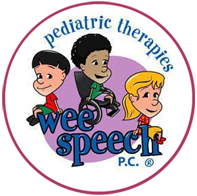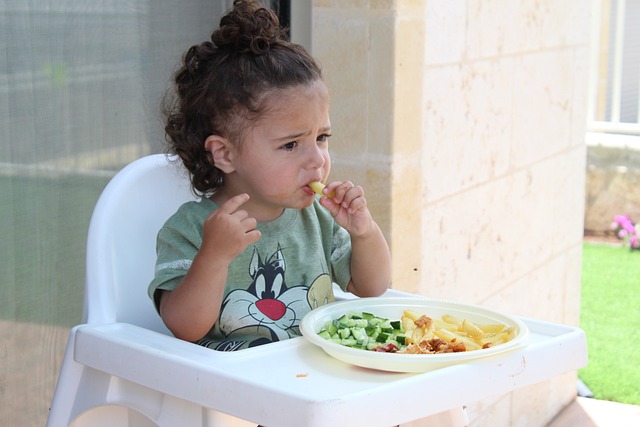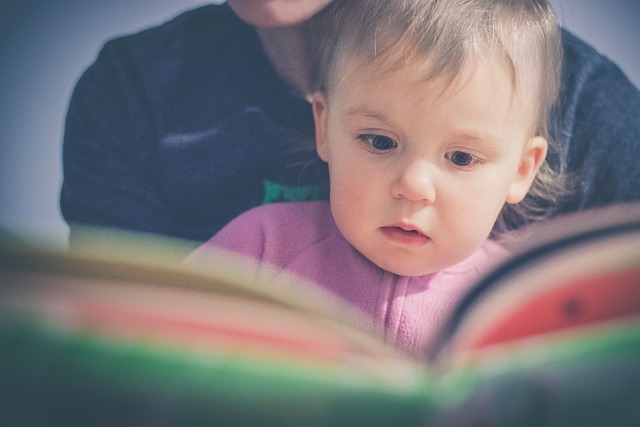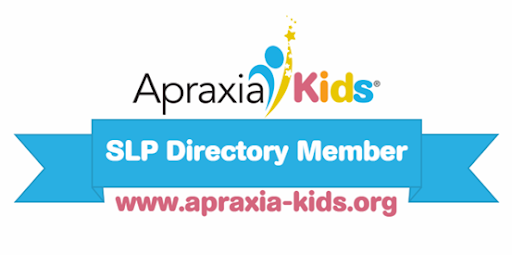
Extracurricular Activities for Children with Special Needs
When considering extracurricular activities for children with special needs, it’s essential to focus on their interests, abilities, and comfort levels. Here are some suggestions to look into: Adaptive Sports: Many communities offer adaptive sports programs tailored to children with disabilities. These can include wheelchair basketball, adaptive swimming, or sensory-friendly sports activities. Here is a link to Chicago’s Adaptive Sports page: https://www.chicagoadaptivesports.com/ Art Classes: Art allows for self-expression and creativity. Look for art classes or workshops that accommodate various abilities and sensory needs. Here is a link to a specific program in Chicago: https://artsoflife.org/ Music Therapy: Music therapy can be highly beneficial for children with special needs. It can help improve communication skills, sensory integration, and emotional expression. Here is a link to











